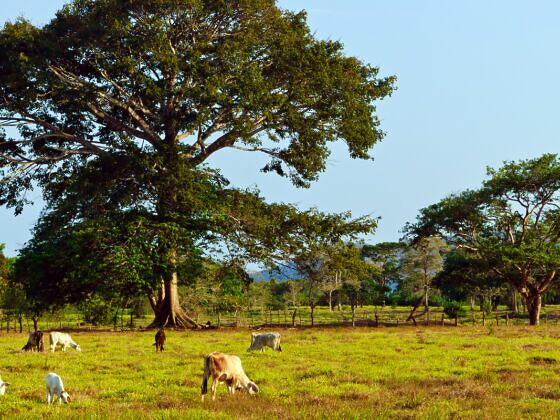They call Guanacaste the Texas of Costa Rica.
It’s not necessarily because the people of Costa Rica’s most vast province make a mean brisket, or drive around with “No Moleste Guanacaste” bumper stickers. But more so as a result of the long stretches of white, windswept hills dotted with cattle and ranch homes that can call to mind the Lone Star State.
But that kind of like-home comparison Americans are notorious for is selling Guanacaste short (no offense, Texas). Because beyond those golden hills, you’ll find jungles, mangroves, volcanoes, and world-class beaches, making Guanacaste almost a country unto itself inside the land of Pura Vida. With easy hiking trails, excellent infrastructure, and hotels with the comforts of home, it’s the best place to visit if you’re mulling a first trip to Central America.
